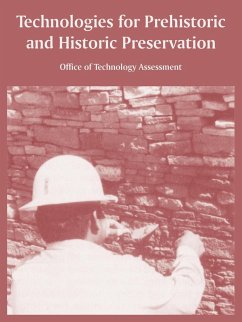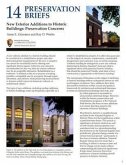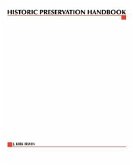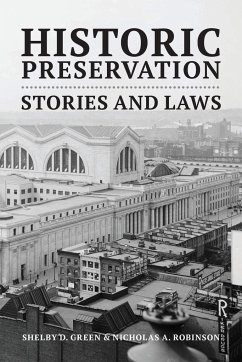Archaeological remains and historic structures and landscapes are important tangible reminders of this Nation's rich and diverse cultural heritage. They provide a sense of our past and contribute in other ways to our quality of life. Yet, in recent years, as the result primarily of population shifts, urban growth, and energy development, the stresses on these unique, nonrenewable cultural resources have increased dramatically. As this assessment makes clear, the appropriate use of a wide variety of preservation technologies, many of which were originally developed for applications in natural science and engineering, could reduce many of these stresses. This report presents the primary findings of an assessment requested by the House Committee on Interior and Insular Affairs. The Subcommittee on Public Lands is carrying out a major review of how Federal agencies implement Federal preservation policy. This assessment directly supports the Committee's review by showing how the uses of certain methods, techniques, as well as tools and equipment can assist Federal, State, and local preservation efforts. The assessment takes the unusual step of focusing on the applications of preservation technologies rather than preservation disciplines. It examines the current use of preservation technologies and identifies research and development needs. It also explores how improvements in Federal policy and implementation can facilitate the more effective use of technologies appropriate for managing this country's prehistoric and historic cultural resources. In undertaking this assessment, OTA sought the contributions of a wide spectrum of knowledgeable and interested individuals. Some provided information and guidance, others reviewed drafts of the report. OTA gratefully acknowledges their contributions of time and intellectual effort. OTA also appreciates the timely help rendered by a number of individuals from the National Park Service. JOHN H. GIBBONS Director








